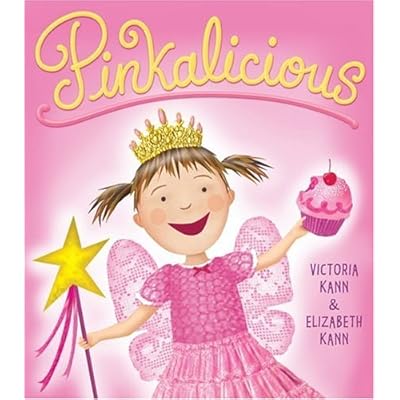
The Family Under the Bridge
Written by Natalie Savage Carlson
Pictures by Garth Williams
Presented by Jackie, Joanne, & Katie
The story is about a homeless man named Armand, who says he is homeless by choice. He likes living his life without having a job - and says children are like starlings and it's better to live without them. One day three children and their mother move out under the bridge in "his spot." When Armand discovers this he is very upset and tries to kick the children out. But the children do not understand completely, so they try to appease him by making him "his own room." The mother comes back and is protective, and does not appreciate Armand being there. She tells him to leave and never come back. However, Armand is touched by the children and their situation - he feels the need to help them out. He takes them to see Santa Claus and the children ask Santa to give them a real home. As Armand grows to love the children more and more, he realizes that in order to provide for them he will need to get a job and have a real home. So he gets a job as a caretaker of a building, which comes with the added benefit of a free home.
In our reflection, it makes us think about the different reasons for homelessness and whether or not it is actually a personal choice or true helplessness. In addition, it also touches on lifestyles that are not socially acceptable, like the gypsy lifestyle. One thing that was surprising, was a strong lack of a parental role due to the mother going off and working - leaving the children there. The duty she had to bring home the bread caused her to neglect them in a sense. At one point, her children are almost taken away from her as a result. This was a very touching story about a man discovering who he really was a nd what really mattered to him - "his heart grew three sizes." One of the things this book really seems to lend itself to is "the conversation starter." You can go so many places within the realm of social justice just by beginning that talk of what does socially acceptable mean and how much worth should the phrase actually have. So perhaps this is good to read in the beginning of the year to create a community for social justice. This can go into a unit on needs and wants really well - what getting those things really means – and it also shows kids who maybe do not see their parents/guardians as often as they'd like why and what they are doing and that it is for them.
Domains of Social Justice
1.Self-love and Acceptance: Children are able to explore self-love and acceptance through Armand’s gradual acceptance of and loving himself and those around him.
2.Respect for Others: This book displays the respect and diversity of various cultures, particularly the gypsy culture. it also allows students to explore “social acceptance” and moreover, students are able to understand other people's needs and their own – it can help students explore and notice perspectives of their surrounding cultures and their own.
3.Exploring Issues of Social Justice: This book allows students to explore issues of homelessness, different types of families, poverty, hunger, sexism, ageism, and classism -they can even go further in learning about how each of these are interrelated to one another.
4.Social Movements and Social Change: Students can explore and learn how people have struggled for social change. Students can learn about the various factors that lead to homelessness and poverty and its effects on people in the present. Students can explore and learn about the similarities and differences in the -isms that exist in the book (written in the ninteen fifties) to the present time [there's about a fifty year time gap]. Students can research and learn about what people have done and have been doing to not only reach out to people affected by poverty/homelessness/hunger and -isms, but also expose others to the ramification of these issues, including various family models.
5.Taking Social Action: Students can take in and implement their learnings on social justice issues by creating a community showcase of presentations. Also, they can focus on homelessness and poverty in their own community and go further into seeking ways to make a difference and exploring the idea of “socially acceptable” and “needs and wants” through concrete and visible evidences around them. They can seek out organizations that are a part of their community to help them take social action through service and promotion – whether it is having a meeting/interview with those who work with the homeless population or going to a soup kitchen and serving and reporting back about their experiences through various means with the class.











